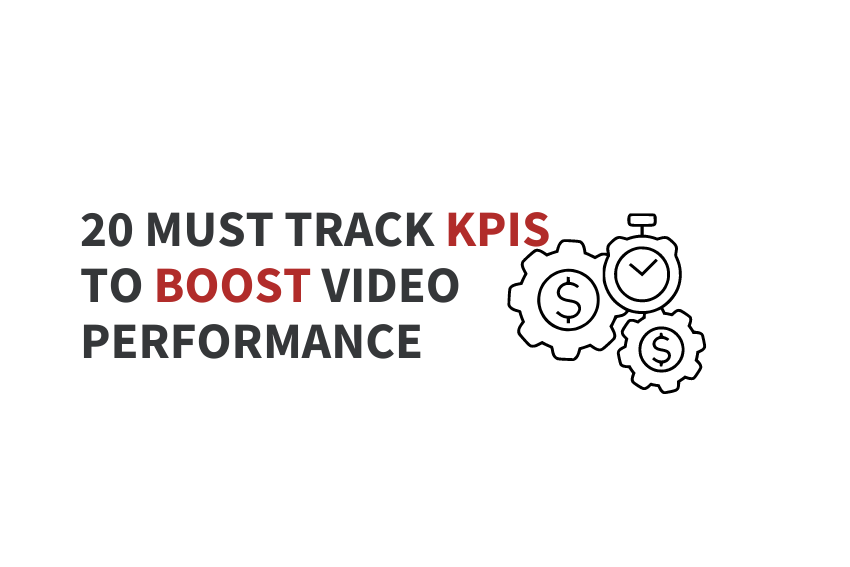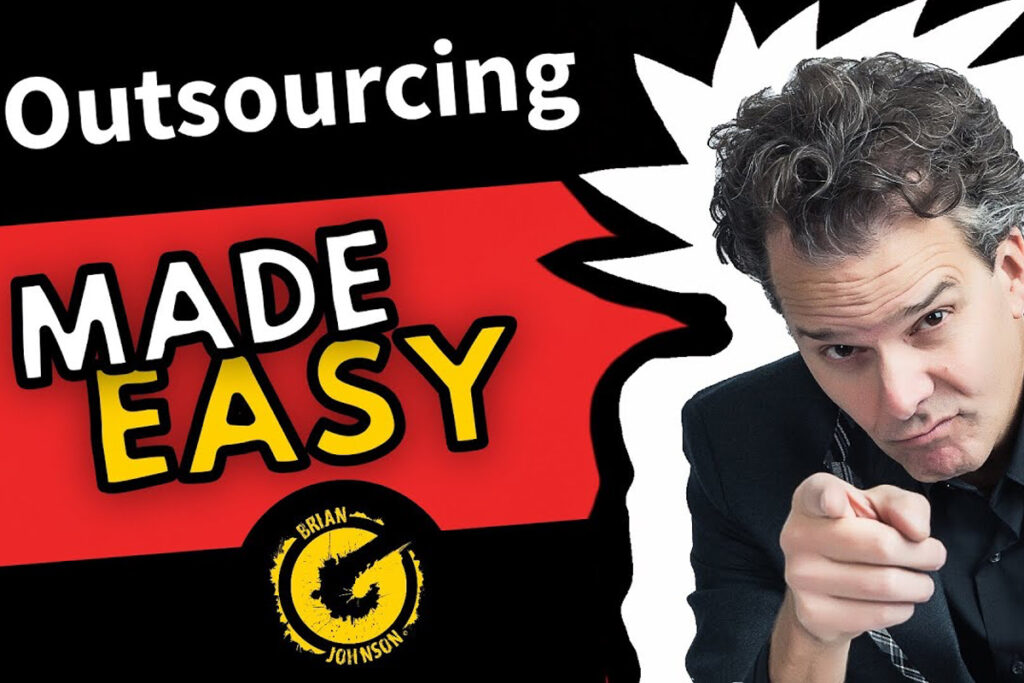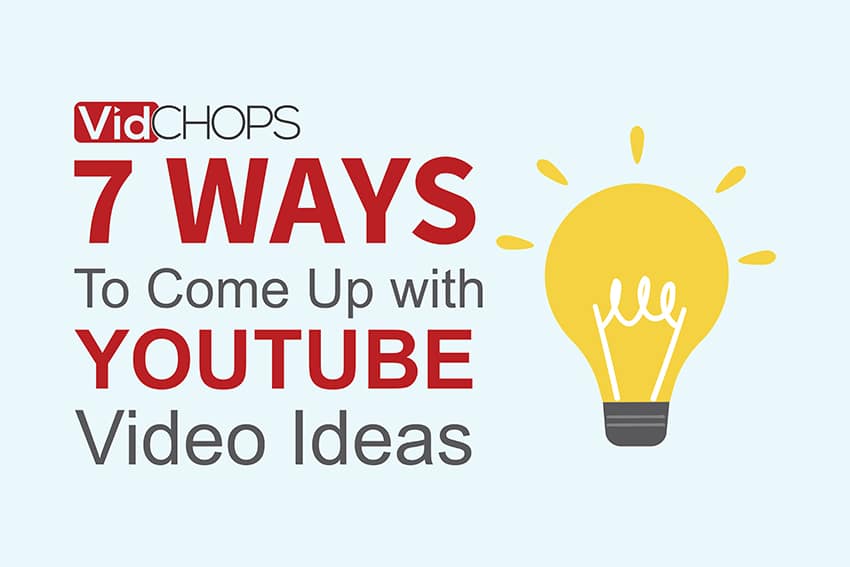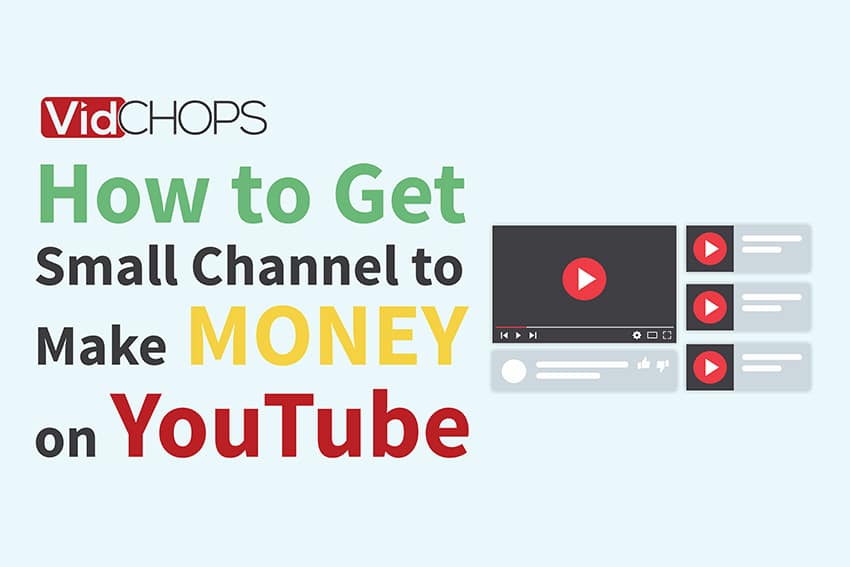How Top Video Creators Turn Simple Views Into 7-Figure Businesses
We break it all down on The Video Creatr Show, click the link below.

Key Performance Indicators (KPIs) are the numbers that matter most when evaluating your video’s effectiveness. They tell us what is working, what isn’t, and how to make things better. You can keep tabs on these metrics using tools like Google Analytics and Adobe Analytics, or you can access the administrative dashboards of most social media sites and monitor them manually.
To help you out, we’ve compiled a list of twenty of the most important KPIs you should monitor—ranging from brand awareness and engagement metrics to key conversion indicators. Let’s dive in!
1. Impressions
Impression tracking reveals how many people have been exposed to your video. However, be mindful that an impression is counted just after the first frame of a video is seen. This means that autoplay videos in a newsfeed count as impressions even if they are quickly scrolled past.
2. Unique Users
Unique users, which are more specific than impressions, will assist you in measuring the ratio between total impressions and the precise total number of people who have watched your video. This is also useful for gauging levels of interest. For instance, if you have a lot of views but few unique users, it suggests that the same people are playing your video several times.
3. Video Views
Whether you want to generate more engagement or simply raise brand awareness, tracking views is essential. In a purely numerical sense, the more views a video receives, the more potential supporters are exposed to your content. Remember that views are calculated differently on different video hosting sites; for example, a YouTube video is considered seen if someone watches it for more than 30 seconds, whereas views on Instagram and Facebook are counted after only three seconds.
4. View-through Rate
In order to establish how interesting a video is, the view-through rate KPI is used to measure the number of people who actually watch it through to its end. If the view-through rate is higher, the video as a whole is compelling; if the rate is lower, on the other hand, the video has not been so successful in engaging viewers.
5. Watch Time
The watch time metric is similar to the view-through rate in that it measures the overall amount of time spent watching a video. Video hosting platforms such as YouTube will accumulate the total minutes watched and give more priority to videos that have longer watch times. When you integrate this data with the average view duration, which is the average amount of time viewers spend watching your video, you can see how effectively your video engages viewers.
6. Click-through Rate
The click-through rate, often known as the CTR, is an excellent metric to use when attempting to evaluate how successful a video is at fostering potential fans, followers, subscribers, etc. As you track your CTR across numerous videos and over a good amount of time, you’ll be able to plainly observe how well your videos soothe a viewer’s apprehensions or anxieties upon convincing them to click through.
7. Awareness/Recall Lift
This is an average based on the number of viewers who recall your video after a specified number of days, as determined by consumer research (e.g., visitor questionnaires). By tracking this KPI, you should notice an increase in the number of people who remember your video. Longer watch times are usually associated with a greater boost in a recall.
8. Engagement
This is the extent to which a viewer engages with your video (measured as a whole and by individual instances of likes, comments, and shares). Engagement metrics let you determine whether viewers found your video valuable and exciting. Ultimately, you’ll want to gather as much data as possible and use the most engaging content to generate future videos.
9. Likes
On the majority of social networks, users have the opportunity to like videos. Likes increase the organic reach and ranking of your video. Simply put, the more likes your video content receives, the more likely it is to appear in front of viewers who follow your brand on social media.
10. Saves
The number of users who click “save” is tracked by this metric. Most social platforms have a feature that permits users to save and organize the content they want to revisit or share with others. To improve your video content, look for the videos with the most saves and note down why you think the content was beneficial to viewers. To promote additional saves and shares, make subsequent videos that are helpful in similar ways.
11. Shares
Shares are a great way of measuring how many people like what they see in your content—and whether or not they want to share it with their friends! If they do share it, then that means they’re likely talking about it as well (and spreading word of mouth).
12. Comments
Comments on your video provide valuable feedback. They reveal that people are engaging with and discussing your material. That means they’re immersed in the conversation—which can really help spread the word about your video. Additionally, unlike likes, you may get a better picture of how someone watching your video feels about the topic.
13. Negative Feedback
Negative comments are a sign of engagement too, and you should be tracking them. We all know that negative feedback can be a real bummer, but they are just as important as positive ones. If your content is going viral for the wrong reason, you need to know about it sooner than later so you can course-correct before things get worse. Also, don’t let a few negative comments get you down; instead, see them as proof that you’ve made an impact on the public consciousness, which is what we’re all here to do!
14. Subscriber Growth
This metric reveals the number of subscribers you’ve gained or lost over time. Ideally, you’re receiving new followers while keeping your present ones. Sharp drops may signal that your material needs to be tweaked, whereas sharp surges may indicate that your content is popular. YouTube subscriptions are boosted by videos like how-tos, best-ofs, amusing snippets, instructive videos, and vlogs. Consider categorizing your videos into one of these groups if you’re having trouble growing your following.
15. Return Visits
After sharing your vids via social media, retargeting ads, or email lists, track any repeat visits to your website and landing pages from non-unique visitors. If you are tracking the behavior of your following correctly, you should be able to correlate any spikes in return visits directly after a new video is uploaded and shared to evaluate how successful it is.
16. Viewer Demographics
Viewer demographics are a crucial metric for content creators to understand. You may have a high view count. However, are you reaching your intended audience? Today, most platforms provide in-depth analytics, including audience data such as location, age, gender, and interests. These are useful in helping you tailor your content for the right viewers.
17. Live Streaming Vs. On-Demand
Let’s say you invite a potential follower to join you for a live webinar. They are currently busy but have made it a priority to watch later. Examine the number of viewers who prefer to watch content later rather than live to see if you need to prioritize on-demand content. If lots of people watch your video on-demand, it could also mean that the time you chose for your virtual event doesn’t work for your target audience.
18. Peak Live Viewers
While streaming live, knowing the most people who saw your content is a handy KPI. This is a numbers game; the greater the number, the better! To keep people watching, use a powerful hook or aspects of storytelling, and encourage involvement by welcoming new viewers and seeking real-time comments.
19. Live-feed Reactions
Live-feed reactions are an easy way to see what your audience is thinking about your content. When you’re live streaming, Facebook will show you a distribution of all of the reactions that viewers are sharing during your video. This can help you identify themes that elicit positive or negative responses from your audience. You can use this info to customize future content in order to ensure that it gets the response you want from your viewers.
20. Conversion Rate
The conversion rate of your video is determined by the number of viewers who watch it and then carry out the desired action. That action can range from filling out a trial form to completing a purchase to simply watching the next video in a playlist, depending on your conversion goal. After adding a video to critical pages on your site, such as product pages and landing pages, you’ll want to examine how much the conversion rate of those sites boosts or drops.
Metrics That Matter: Getting the Most Out Of Your Videos
Favorable video KPIs start with one thing—incredible videos. But if you want to see those metrics skyrocket, you’ll need a pro editor on your side. That’s where VidChops comes in!
We’re experts in video editing and optimization, and we can help you get the most out of your videos by making sure they’re optimized for performance.
So what are you waiting for? Contact us today!





